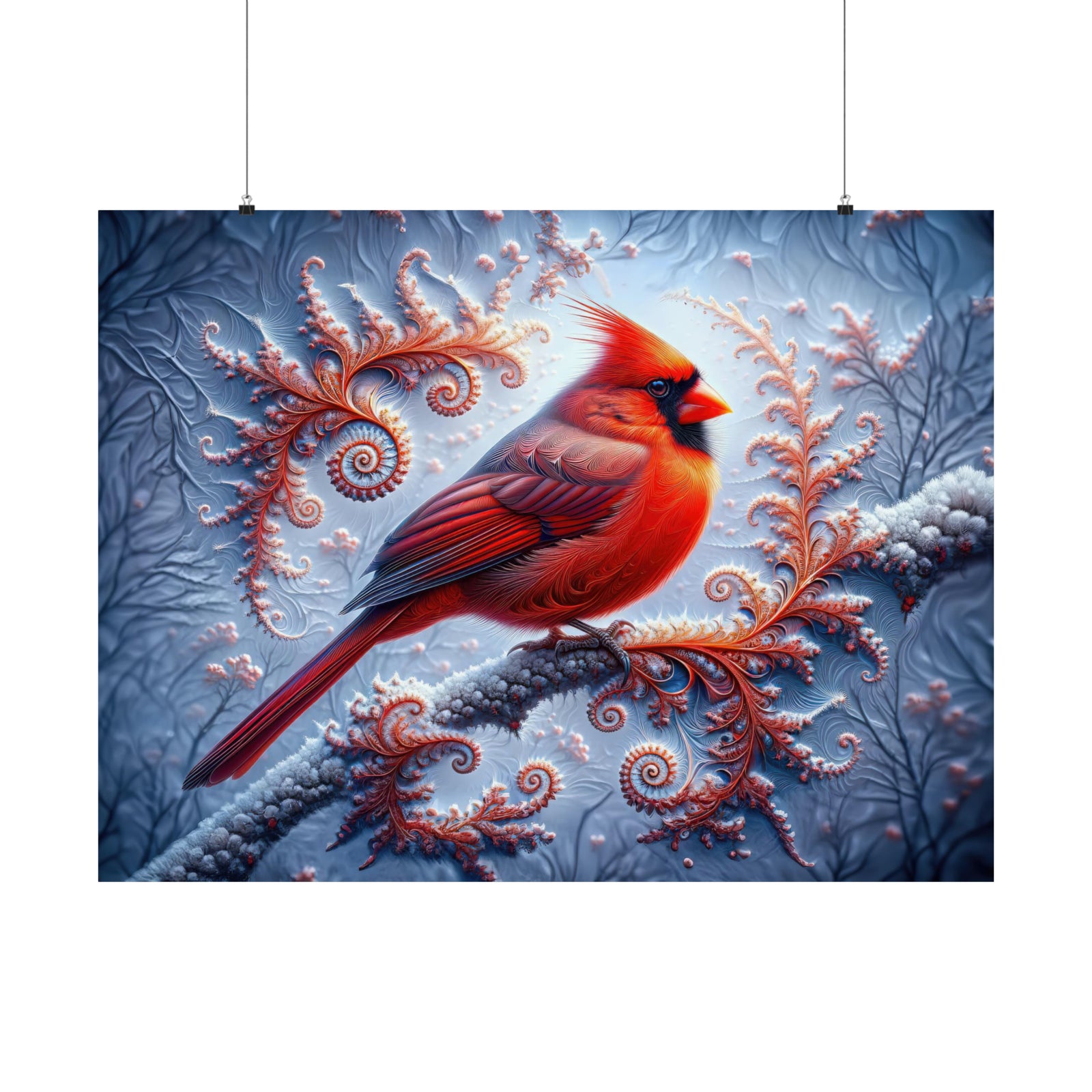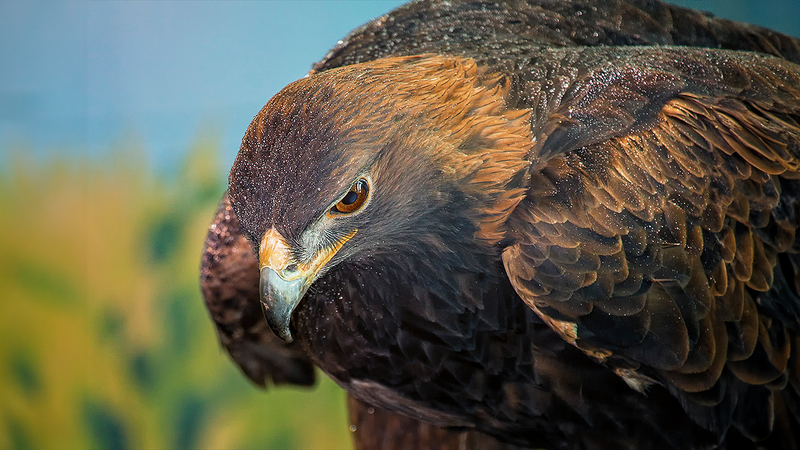Cardinals, with their vibrant plumage and enchanting songs, are among the most recognized and adored birds in the world. Yet, there's much more to these captivating creatures than meets the eye. Here are ten fascinating facts about cardinals that might surprise you.
1. Not Just Red
While the male Northern Cardinal is renowned for its brilliant red feathers, not all cardinals are red. Females display a mix of gray, orange, and red hues, and there are other species like the Yellow-billed Cardinal that are primarily black and white with red accents.
2. Year-Round Residents
Cardinals do not migrate for the winter. They are year-round residents in their range, which spans from Southeastern Canada down through the eastern United States, Mexico, and parts of Central America.
3. Singing Females
One of the most remarkable aspects of cardinal behavior is that female cardinals sing, a trait not commonly found in North American songbirds. Typically, in the avian world, singing is a male-dominated activity, used to attract mates and defend territories. However, female cardinals break this mold by vocalizing melodies just as complex and beautiful as those of their male counterparts.

Researchers believe that the singing of female cardinals serves multiple purposes. It's not only a means of communication between mates, especially important when they're out of sight from each other, but it also plays a role in territorial defense. Female cardinals can often be heard singing from the nest, a rare behavior suggesting that their songs might serve as warnings to other females or potential predators.
The ability of female cardinals to sing adds a delightful layer to the chorus of bird songs that fill the air, particularly during breeding season. It's a testament to the complex communication systems of birds and the unique behaviors that can arise among different species. Their melodic contributions ensure that the cardinal's presence is felt and heard, enriching the tapestry of sounds in their habitat.
This unique trait showcases the diversity and complexity of bird behavior, challenging the traditional roles we might assign to male and female animals in nature. The female cardinal's song is not just a call to her mate but a vibrant declaration of her presence and a testament to the multifaceted roles animals play in their ecosystems.
4. Multiple Nests
Cardinal pairs may raise two to four broods per season. After the chicks from one brood leave the nest, the parents will often prepare a new nest for their next set of eggs.
5. White Cardinals Exist
Occasionally, cardinals can be seen with white feathers due to a condition called leucism, which affects the way their feathers reflect light. These rare individuals can be partially or entirely white.
6. Territorial Year-Round
Cardinals are fiercely territorial during mating season but maintain some level of territory throughout the year. This is why you might see them attacking their reflection during various times of the year.
7. Lifespan
In the wild, cardinals can live up to 15 years, although three to five years is more typical due to predation and other challenges.
8. Cultural Significance
Cardinals hold a special place in many cultures, often seen as messengers from the spiritual world or as symbols of love, hope, and restoration. Their bright red color, which stands out against the backdrop of winter's white or the green of spring, makes them a symbol of vitality and passion.

In Native American lore, cardinals are regarded as symbols of relationships, courtship, and monogamy, reflecting their mating behaviors. Some tribes believe that a cardinal sighting can signal a change in weather or an important upcoming event.
Furthermore, in Christian symbolism, the cardinal's red feathers represent the blood of Christ, symbolizing faith, love, and the eternal spirit. The presence of a cardinal is often interpreted as a sign of a loved one watching over or sending guidance from the beyond.
Interestingly, the cardinal is the state bird of seven different US states - Illinois, Indiana, Kentucky, North Carolina, Ohio, Virginia, and West Virginia - which underscores its widespread appeal and the affection people have for this bird.
The widespread cultural significance of cardinals speaks to their ability to inspire and uplift the human spirit, transcending geographical and cultural boundaries to remind us of the beauty and mystery of the natural world.
9. Diet
Cardinals are omnivores. They primarily eat seeds, fruits, and insects. During breeding season, they'll often feed their young with protein-rich insects.
10. Changing Populations
Despite habitat loss and other challenges, the population of the Northern Cardinal has been increasing in many areas, thanks in part to bird feeders and the spread of suburbs, which create new environments similar to their natural habitats.

















